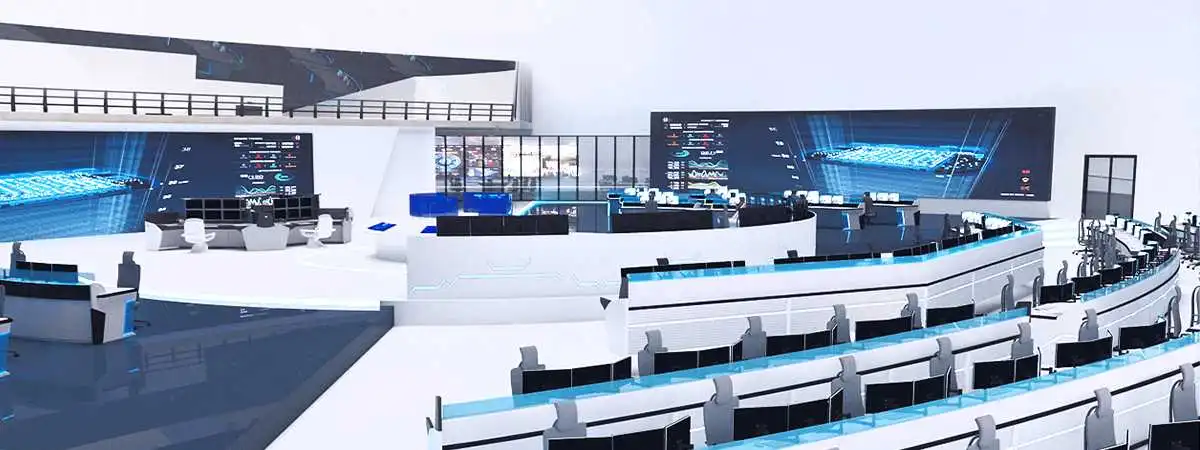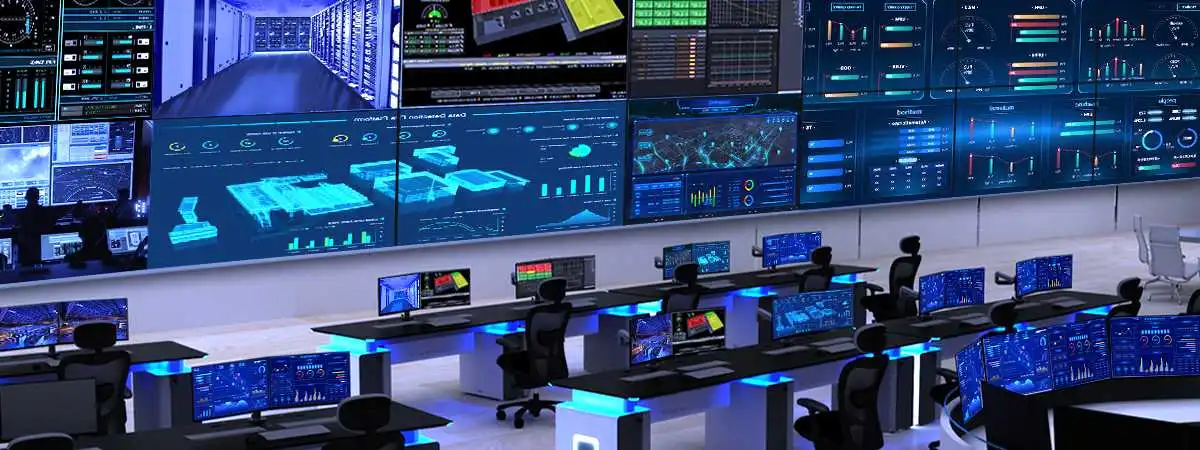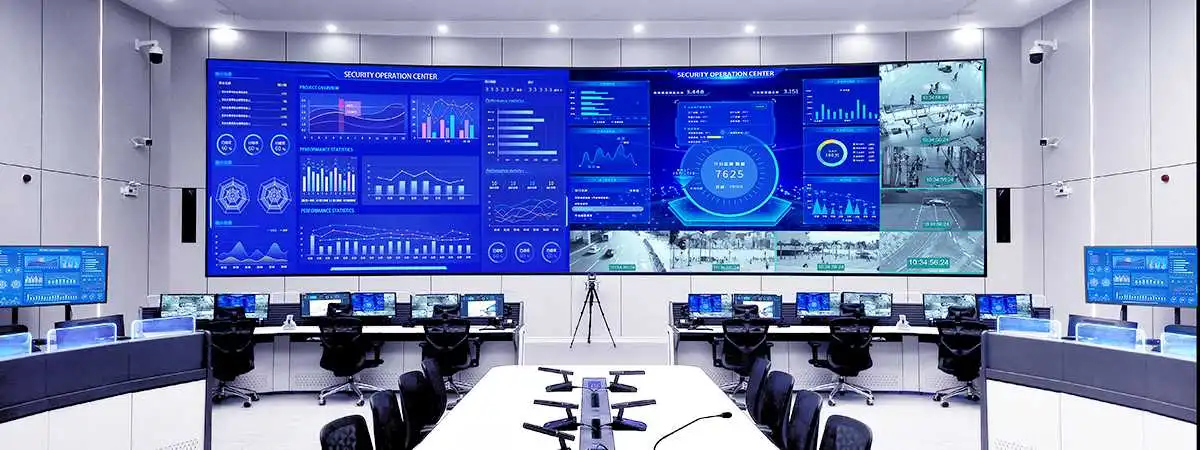How KVM Transmitters Ensure Smooth Air Traffic Control
Air traffic control is a critical aspect of ensuring safe and efficient air travel. In such a high-stakes environment, real-time communication, collaboration, and the reliability of systems are paramount. This is where KVM (Keyboard, Video, Mouse) transmitters play a crucial role. They offer unparalleled advantages that enable seamless air traffic control operations. In this blog, we explore how KVM transmitters ensure smooth air traffic control, revolutionizing the aviation industry for the better.
The Importance of KVM Transmitters in Air Traffic Control
KVM transmitters act as the backbone of air traffic control systems by providing crucial functionality. These devices allow operators and technical personnel to remotely access and operate multiple computer systems from a centralized location. This is particularly vital in air traffic control settings, where instant access to accurate data, radar systems, and communication channels is essential for effective decision-making.
Enhancing Collaboration and Efficiency with KVM Transmitters
Effective collaboration is crucial in air traffic control, as it involves coordination among multiple stakeholders. A kvm transmitter enables seamless sharing of screens, data, and applications across various workstations. Communication between air traffic controllers, pilots, and ground staff is streamlined, reducing the chances of miscommunication or errors. This enhanced collaboration results in faster response times, better decision-making, and ultimately, safer skies.
Addressing System Reliability and Security with KVM Transmitters
Reliability and security are non-negotiable in air traffic control. KVM transmitters offer advanced protocols and encryption methods to ensure secure data transfer over the network. They are designed with redundant components, minimizing the risk of system failures and downtime. Furthermore, KVM transmitters are built to withstand challenging environments, including extreme temperatures and electromagnetic interference, providing uninterrupted operations.
Streamlining Operations and Reducing Costs with KVM Transmitters
Traditional air traffic control setups require multiple physical workstations, each equipped with its own computer system. This setup is not only space-intensive but also incurs higher maintenance and equipment costs. KVM transmitters eliminate the need for individual workstations by consolidating multiple computer systems into a centralized control room. This results in significant cost savings, reduced clutter, and simplified maintenance procedures.
The Future of Air Traffic Control with KVM Transmitters
As KVM Technology continues to evolve, so does the future of air traffic control. KVM transmitters are at the forefront of this progress, enabling advancements such as remote air traffic control towers and unmanned aerial vehicle (UAV) monitoring. These innovations facilitate improved coverage, scalability, and cost-effective solutions. With KVM transmitters, air traffic control can adapt to the changing demands of the aviation industry and ensure safe and efficient skies.
KVM transmitters play a vital role in ensuring smooth air traffic control operations. By enhancing collaboration, addressing system reliability and security, streamlining operations, and reducing costs, these devices are revolutionizing the aviation industry. As technology continues to advance, KVM transmitters will undoubtedly shape the future of air traffic control, allowing for more efficient decision-making and safer skies for all.








 EN
EN
 th
th  ru
ru  es
es 



